When I first heard about SAFMEDS, I wondered how they were different from standard use of flashcards. What I learned, in fact, is that the process is quite different, and it’s evidence-based! SAFMEDS is actually an acronym that means “Say All Fast Minute Each Day Shuffled.” (I know, I know…it doesn’t exactly roll off the tongue.) Created by Ogden Lindsley, SAFMEDS are focused specifically on fluency, or, in other words, speed and accuracy.
While there are some things that don’t require fluency, there are many things that do: such as simple multiplication or letter recognition. This means that some tasks I teach my students will require the use of fluency training, which is often completed through the use of SAFMEDS. Lindsley outlined results of his experiments using SAFMEDS with students and demonstrated that this process of instruction resulted in faster acquisition of fluency than other, similar flashcard procedures (Lindsley, 1996) with his work having been replicated many times over.
So, how do you implement SAFMEDS?
First, get your materials together. Create your flashcards. (I typically use index cards where I’ve written the problem on one side and the correct response on the back.) Be sure to get a timer.
From there, the procedure is pretty straight forward:
- You will have ALL the flashcards available and the student will respond to as many as he/she can in one minute.
- The student can run the activity on their own, and will likely go much faster if they are the one turning the cards (Lindsley, 1996). The student looks at the card, provides the response, then puts the card in the correct or incorrect pile.
- The cards should be shuffled between each fluency drill so that the student won’t learn the answers in order.
I’ve used actual flashcards, but also created SAFMEDS sets using different apps and websites. If you’re interested in learning more about implementing this simple strategy for building fluency, you should take a look here for more information.
REFERENCES
Lindsley, O. R. (1996). The four free-operant freedoms. The Behavior Analyst, 19(2), 199.
WRITTEN BY SAM BLANCO, MSED, BCBA
Sam is an ABA provider for students ages 3-15 in NYC. Working in education for twelve years with students with Autism Spectrum Disorders and other developmental delays, Sam utilizes strategies for achieving a multitude of academic, behavior, and social goals. Sam is currently a PhD candidate in Applied Behavior Analysis at Endicott College. She is also a lecturer in the ABA program at The Sage Colleges.

 Each colorfully-illustrated 25-piece magnetic set provides a perfect avenue for young children to learn about the wonders of the world around them. With
Each colorfully-illustrated 25-piece magnetic set provides a perfect avenue for young children to learn about the wonders of the world around them. With 

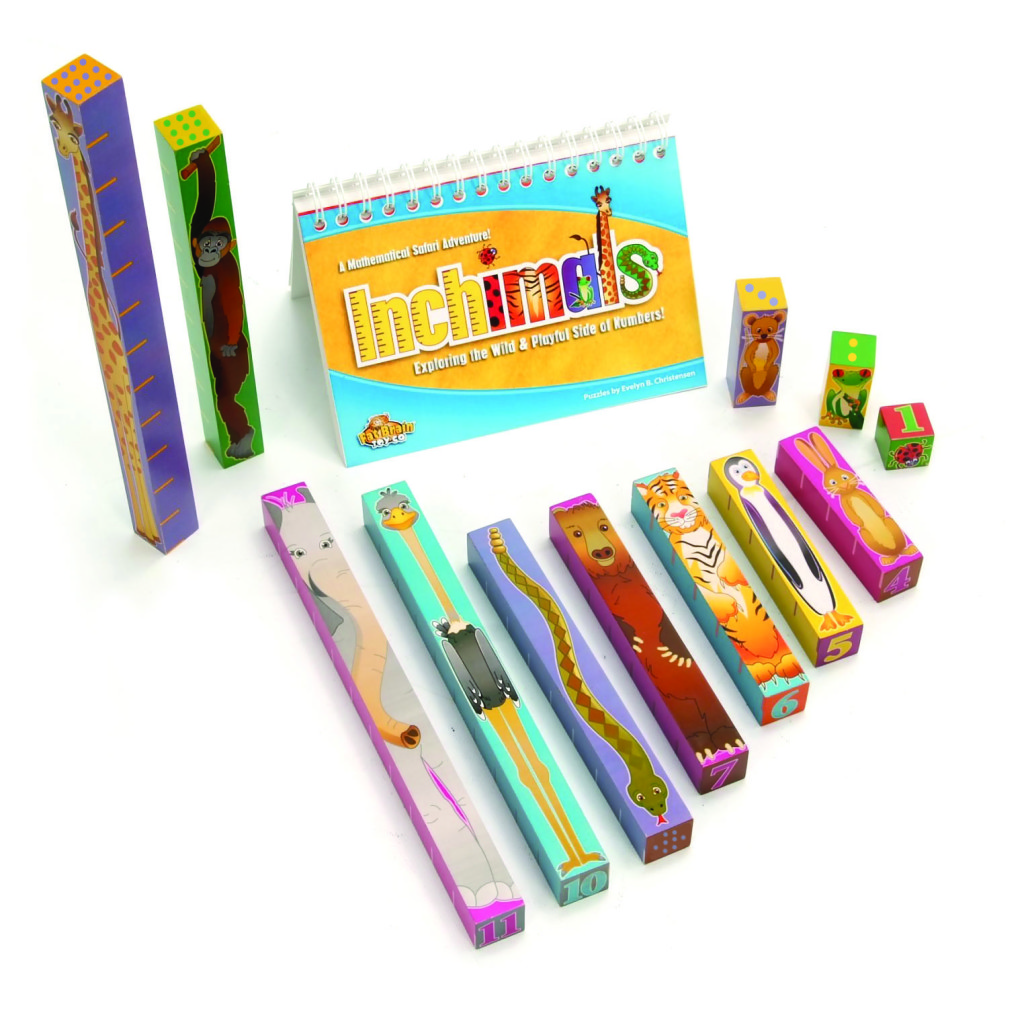
 The Museum of Natural History’s ‘Discovery Squad’ meets on select Saturdays for children ages 5- 14, accompanied by an adult, before the museum is open to the general public. Specially trained museum guides will lead a 40 minute tour through the North American Hall of Mammals (ages 5-8) or on an adventure through the Koch Dinosaur Wing.
The Museum of Natural History’s ‘Discovery Squad’ meets on select Saturdays for children ages 5- 14, accompanied by an adult, before the museum is open to the general public. Specially trained museum guides will lead a 40 minute tour through the North American Hall of Mammals (ages 5-8) or on an adventure through the Koch Dinosaur Wing.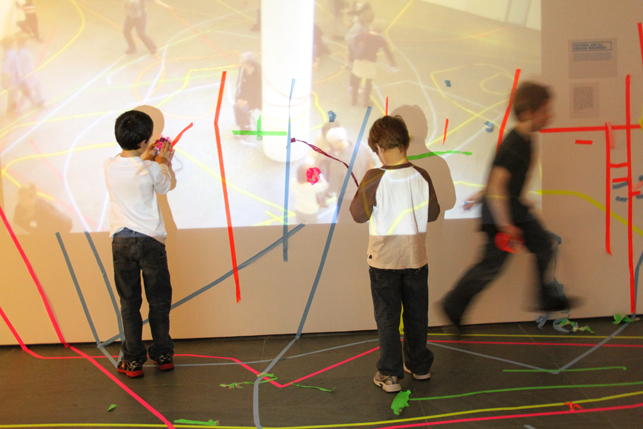 Each month the Museum of Modern Art’s program ‘Create Ability’ follows a different theme through the galleries to explore the art work and workshops to create in the classroom. These workshops are intended for individuals with developmental or learning disabilities ages 5-18+ and are free with pre-registration!
Each month the Museum of Modern Art’s program ‘Create Ability’ follows a different theme through the galleries to explore the art work and workshops to create in the classroom. These workshops are intended for individuals with developmental or learning disabilities ages 5-18+ and are free with pre-registration! NBC’s Dateline recently aired “On the Brink,” a 3-year chronicle of two New York-based young adults with autism and the emotional journeys their families have endured. As they transition from graduation to adulthood, they make a leap towards the unexpected future.
NBC’s Dateline recently aired “On the Brink,” a 3-year chronicle of two New York-based young adults with autism and the emotional journeys their families have endured. As they transition from graduation to adulthood, they make a leap towards the unexpected future. This report puts a spotlight on autism’s “aging out” crisis. “On the Brink” presents a deeper look at the lives of young adults with autism and the measures parents must take to provide their children with specialized services and a better future when they turn 21. Both families featured in this episode fight to help their children and revolutionize the way autism is perceived in the U.S.
This report puts a spotlight on autism’s “aging out” crisis. “On the Brink” presents a deeper look at the lives of young adults with autism and the measures parents must take to provide their children with specialized services and a better future when they turn 21. Both families featured in this episode fight to help their children and revolutionize the way autism is perceived in the U.S. This social skills group will promote positive peer relationships among teens through role playing, recognizing emotions, social stories, and modeling. This group is ideal for teens who can independently engage in conversation.
This social skills group will promote positive peer relationships among teens through role playing, recognizing emotions, social stories, and modeling. This group is ideal for teens who can independently engage in conversation.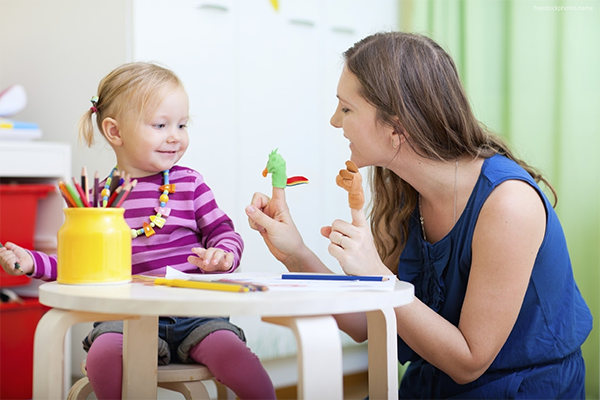 All of these mandates are essential to helping my students to progress, but they also serve to overlook my students’ strengths. There is little space on an IEP to focus on what my student is quite skilled at, or to detail a plan for encouraging those skills. The long-term implications of failing to nurture a student’s strengths range from increasing boredom and frustration in school to failing to prepare students for engaging careers.
All of these mandates are essential to helping my students to progress, but they also serve to overlook my students’ strengths. There is little space on an IEP to focus on what my student is quite skilled at, or to detail a plan for encouraging those skills. The long-term implications of failing to nurture a student’s strengths range from increasing boredom and frustration in school to failing to prepare students for engaging careers.
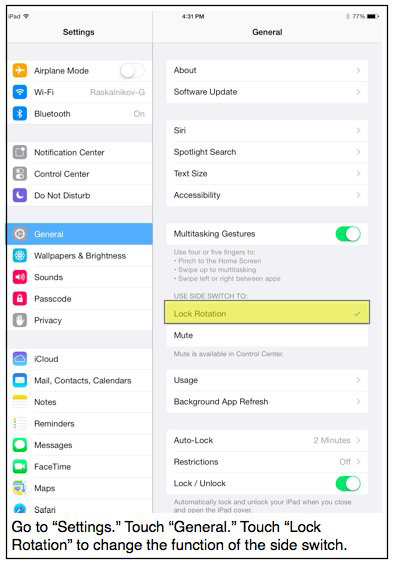

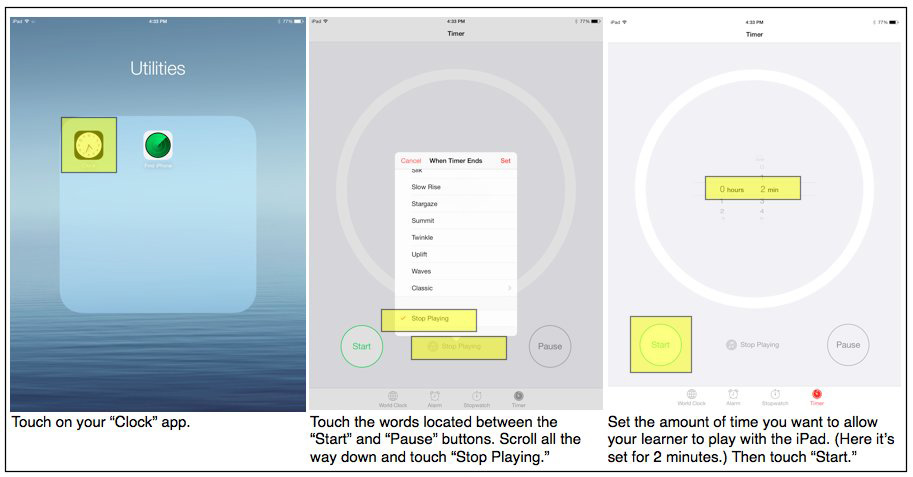
 Do you know of any upcoming conference or workshops on Autism?! Please let us know of any ABA, Verbal Behavior or Speech-Language Therapy events and we will share it with our community. We strive to help our readers be informed about resources and events for parents and educators of children with autism or other developmental delays. No matter how big or how small – email info about your event to
Do you know of any upcoming conference or workshops on Autism?! Please let us know of any ABA, Verbal Behavior or Speech-Language Therapy events and we will share it with our community. We strive to help our readers be informed about resources and events for parents and educators of children with autism or other developmental delays. No matter how big or how small – email info about your event to